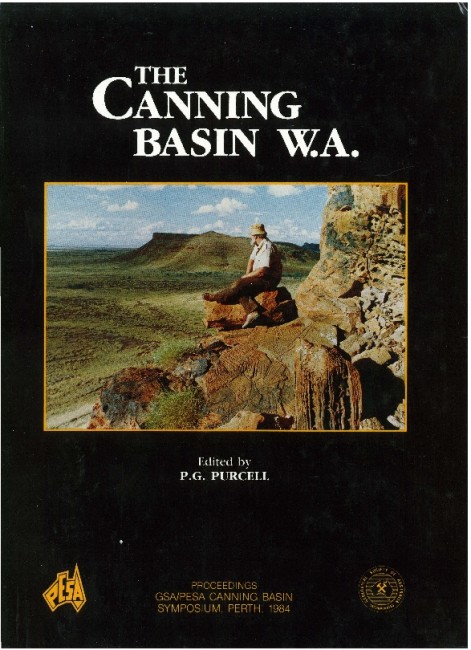Publication Name: The Canning Basin, W.A.
Authors: Peter Botten
Date Published: December 1984
Number of Pages: 28
Reference Type: Book Section
Abstract:
AFMECO Pty.Ltd. carried out an extensive exploration programme for uranium mineralisation in the northernCanning Basin between 1978 and 1983. A major reconnaissance programme was conducted over several years to provide basic geological information and to define areas and facies of interest. Detailed geological mapping and stratigraphic drilling was then conducted in these areas. This exploration programme has led to significant advances in the understanding of the geology of the Devonian and Carboniferous clastic sedimentation
in the areas, as well as efficiently assessing the potential of the area for uranium mineralisation.
The reconnaissance programme established that formations which post-date the major Upper Carboniferous/
Lower Permian glacial period received little sediment from the main uranium source area in the Halls Creek-King Leopold Mobile Zone. This zone was an active source for uranium during its major denudation phase in the Devonian-Lower Carboniferous and during Tertiary ground water movements in the basin margin area.
Five major palaeodrainage systems were delineated on the Lennard and Billiluna shelves. Two major periods of clastic sedimentation are recognized in these systems: the Upper Devonian/Frasnian to Lower Famennian and the Upper Famennian to Lower Carboniferous/ Tournaisian. The latter period was considered favourable for uranium mineralisation. Of the five depositional systems studied only the Yampi complex was found to contain significant uraniummineralisation on a potentially economic scale. The other areas are all considered to have a low potential for economic accumulations because of the unfavourable depositional environments and redox
conditions.


